
surfresearch.com.au
holmes : tinkler tail, 1965.
holmes : tinkler tail, 1965.
|
|
|
|
|
|
 |
surfresearch.com.au
holmes : tinkler tail, 1965. |
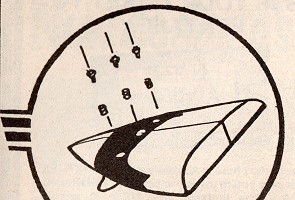 |
 FUNCTIONAL FLEX FOR SURFBOARDS |
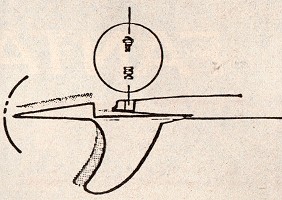 |
"Someday soon someone is going to incorporate the features of each in one unit. Maybe the board needs to be flexible to provide the right curves at the right time. But then, that's the wing. And then we'll all be seagulls ...cruising, arcing, soaring, wheeling...drop! And scream into a big bottom turn that strains every muscle and the whole frame, and carve up into the flow again, pick up the thin stream of power and play on it, all day in the sunshine." - Bob McTavish, Surfer Tips #45. Photo Peter
Growney
|
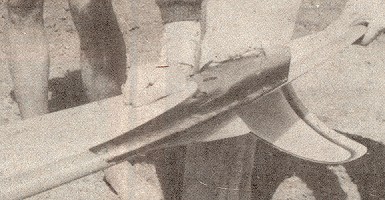 |
The history of the development of the Tinklertail goes
back ten yean to when Bob Tinkler and his brother Mike
first started to be intrigued with the work which
Greenough pioneered with his flexible kneeboard "the
velo" and which inspired Bob McTavish to adapt
Greenough's design theories to stand-up surfboards.
What followed was several years of work for Bob and Mike Tinkler, and at least $30,000 in hard cash and exploration into areas of technology which had no previous applications, for example in finding a rubber material which would bond with fibreglass.
| The NSW girls
showed strength through their ranks in the Newport
contest and dominated the final results. Kay Jarman from Newport received the most promising surfer award. RESULTS 1 Pam Burridge NSW 2 Sharon Holland NSW 3 Judy Henderson Qld 4 Robyn Burgess NSW 5 Kay Jarman NSW 6 Vicki Bourke NSW Pam
Burridge, photo by Bill McCausland.
|
 |
| Page 26 Advertisement for (Sex) Surf Aids Legropes, Byron Bay? 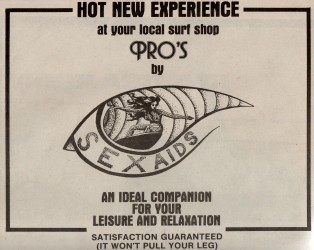 |
Page 46 Advertisement for Winterstick: An early snowboard.  |
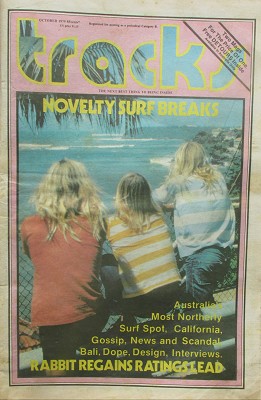 |
|
|
|
|
|
|